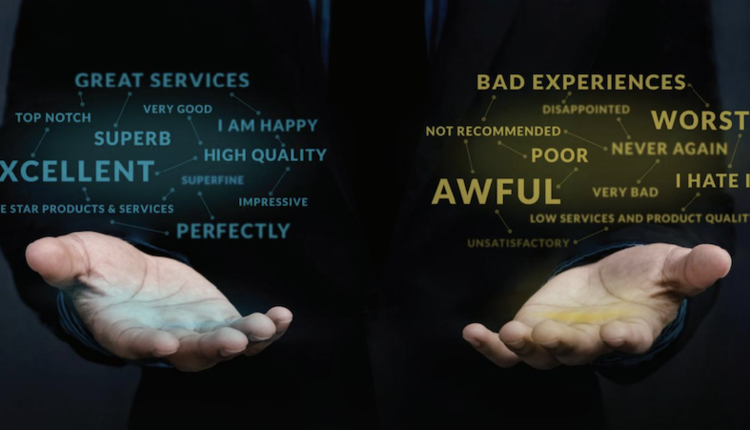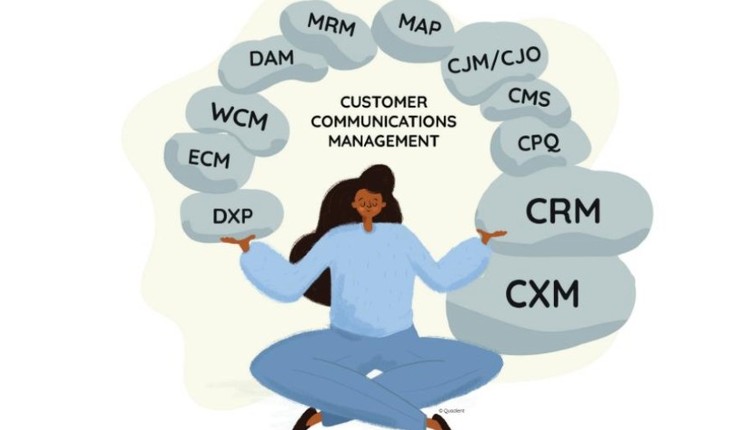
Image by: Ryan McVay, ©2016 Getty Images
I am not sure if it was General Patton, Lee Iacocca, or Thomas Paine, but someone said, “Lead, follow, or get out of the way.” In any case, it’s time for customer experience (CX) thinking. There is enough thought, action, and proof that a CX approach is the best way to consider all types of customer communications. Let’s get ready to catch up in 2017!
The bleeding-edge firms have already done the hard work of generating new ideas and trying them out. A renaissance in user experience thinking took place when the smartphone burst onto the scene, creating a schism between apps and the mobile web. This new device challenged the thinking on context, experience, compliance, and completeness.
That first generation of CX change agents had some great thoughts about how the user experience was a part of a larger ecosystem of experiences that needed to be deliberately curated. They were lucky enough to implement these at enterprises that were not afraid to try something new in changing times. These innovators used that experience to create methodologies that have proven to be successful in other enterprises, proving that the concepts can scale. Those methodologies have led to professional standardization, and organizations without this mindset are falling behind those that do. So, embracing CX thinking is not professionally risky at this point.
As a DOCUMENT Strategy follower, you know that every communication you generate has critical importance for one or more key stakeholders. These include the enterprise, the customer, the government, interested parties or other people, or agencies. Upon delivery, everything you create has an impact. Embracing CX thinking at the start helps you design and deliver better communications. Usually, you can improve the CX at a lower cost by making sure it fits well with all other projects. This often leads to unifying downstream data systems, eliminating redundant composition systems, focusing delivery systems, and integrating to an analytics strategy.
If you don’t have a CX strategy prior to your project in 2017, it is possible to undermine a CX strategy that may have been established in other parts of your organization. Here are some steps you can take to make the best CX contributions as quickly as possible:
- Learn about CX from a great source, like the Customer Experience Professionals Association. They have interesting blog posts, access to webinars, and a lot of ideas.
- Map the CX people in your organization. Even if you do not have a chief experience officer (CXO), chief customer officer (CCO), or chief digital officer (CDO), you might have a CX department, center of excellence, or project team looking into enterprise-wide CX.
- Create a CX center of excellence, if none exists. Usually, the chief marketing officer (CMO) is the most receptive, because great CX is often a key metric for the CMO. You might find budget and interest that can increase the funding to improve your current projects.
- Increase your knowledge with a crash course, like the first university-sponsored CX Certification course at Rutgers University.
- Map the impact of your communications in terms of the entire customer journey.
- Become a CX expert in your organization. After doing your CX reading and learning, why not become a Certified Customer Experience Professional, who can demystify CX concepts within your organization?
- Become a CXO. With the skills and abilities you have, combined with the knowledge of critical document-related processes, you have the qualifications to be the CXO.
If you start along this path, you can help your organization improve customer experience-related metrics, integrate projects into a larger CX context, design better communications, use some cool new tools, improve relevance of analytics projects, drive additional revenue, and ultimately drive costs down.
In 2017, don’t let your organization be a CX laggard, letting competitors increase performance through better execution due to a more thorough understanding of how customers experience their enterprises. Let’s not be like Joe from Idiocracy. Let’s lead.
For more information on enterprise-wide CX, don't miss GMC Software's special session, "Internal Business Transformation for The Digital Age," at DSF ’17, May 1-3, 2017 in Downtown Chicago.
Scott Draeger is Vice President of Product Management at GMC Software Technology, a provider of multi-channel and highly personalized document outputs for customer communications management. For more information, visit www.gmc.net or follow him on Twitter @scottdraeger.
















